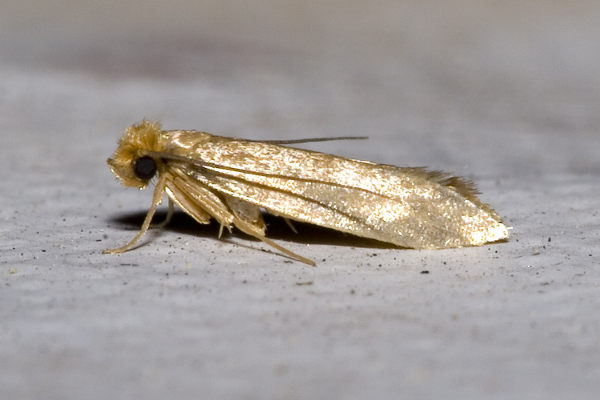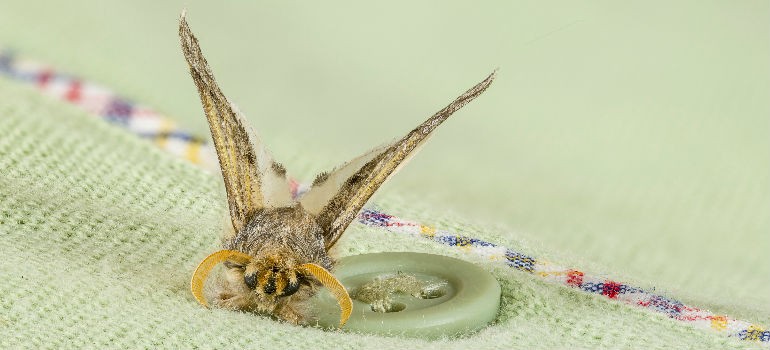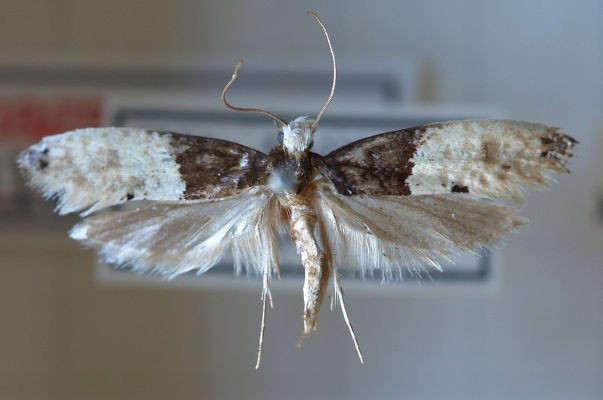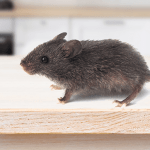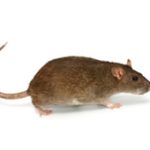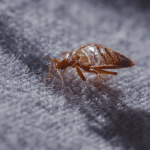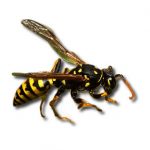What Damage Do Moths Cause?
Moths may appear harmless, but their larvae are among the most destructive household pests in the UK. From ruined wardrobes to threadbare carpets.
Moth larvae feeds on natural fibres, leading to severe wool moth damage, silk moth damage, and general fabric moth damage across garments and upholstery.
In this article, we explore what moths damage, how to spot the signs of moth damage, and most importantly, how to prevent moth damage – particularly in areas prone to moth infestation in the house, such as wardrobes and hidden carpet corners.
What are moths?
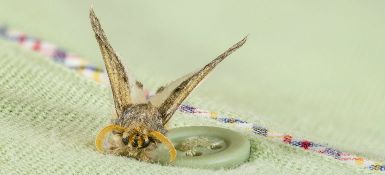
Moths are members of the Lepidoptera insect family, just like their colourful cousins. They also share the same life cycle from larvae to cocoons and their final form. Most of the 160,000 types of moths are nocturnal, but all of them are just waiting for a chance to ruin someone’s day.
There are over 2500 types of moth in the UK, but the ones which you should worry about are the clothes moth, the carpet moth, and the food moth. Although they lay their eggs in different places, the larvae of all three devour everything in sight after hatching.
The similarities in the larvae don’t stop at their unquenchable thirst for destruction. They also look alike! The larvae are usually around 1-2mm in length and are creamy-white in colour.
What Are the Damage of Moths?
Clothes moths and carpet moths are responsible for most moth damage in UK homes. Unlike butterflies, which are primarily day-flying pollinators, moths especially in their larval stage feed on natural fibres, creating unsightly holes in:
- Wool jumpers and cashmere coats
- Silk garments
- Cotton and linen clothing
- Carpets, rugs, and upholstery
- Curtains and soft furnishings
The larvae (not the adult moths) chew through keratin-rich fibres found in natural materials. Infestations often occur in dark, undisturbed areas such as wardrobes, lofts, under beds, or behind furniture. Left unchecked, these pests can cause hundreds of pounds’ worth of damage to valuable fabrics.
The larvae of the food moth can be found in kitchen cupboards and pantries. Their preferred hunting grounds are open packets of oats, muesli and flour. Although they are not toxic when eaten, the larvae can cause intestinal discomfort, and the thought of eating moth maggots is gross. Adult food moths are again quite small at around 1cm in length. They look like adult clothing moths, except for the colour of their wings. The wings have a two-toned pattern, the top half is cream-coloured, and the lower half is light or dark brown.
Signs of Moth Damage
Identifying moth damage early is crucial to limiting the extent of an infestation. While adult moths do not cause the damage themselves, their larvae are responsible for feeding on natural fibres, leading to significant textile deterioration. Here are the key signs of moth damage to look out for:
- Holes in clothes – The most recognisable sign is small, uneven holes in garments made of wool, silk, cotton, or cashmere. These often appear in hidden or folded areas of clothing that haven’t been disturbed for some time.
- Threadbare patches in carpets and rugs – Carpet moth damage typically shows as worn patches in corners or beneath furniture, where larvae have fed on the natural fibres undisturbed.
- Silken webbing or cocoons – Moth larvae often leave behind silk-like webbing or tiny, cigar-shaped cocoons on clothing, in drawers, or at the edges of carpets.
- Frass (larval droppings) – These appear as tiny, sand-like specks near the damage, usually in drawers, wardrobe corners, or carpet edges.
- Sightings of moths – Spotting small, beige or buff-coloured moths fluttering in low light, particularly near wardrobes or skirting boards, can signal a moth infestation in the house.
- Damaged seams and hidden fabric areas – Larvae tend to favour darker, concealed areas. Check seams, under collars, cuffs, or garment folds for signs of chewing or residue.
If you notice any of these signs, immediate action is necessary to contain and eliminate the infestation. Carpet and textile businesses can struggle with moths. In factories, warehouses, and depots, moths thrive. Keeping warehouses pest-free is a necessity for any business. The largest amount of damage moths will do is not to your clothes, but to your finances. Repairing or replacing damaged clothing can be expensive, especially if you own vintage clothes.
Can Moths Make You Ill?
While moths are not directly harmful to humans, a large infestation may trigger allergic reactions due to:
- Fine dust from moth wings or larvae casings
- Irritants from frass (larval droppings)
- Contaminated fabrics that attract dust mites and bacteria
People with asthma or respiratory sensitivities may notice worsened symptoms in rooms heavily infested by moths. Though moths themselves do not bite or sting, their presence indicates poor environmental hygiene, especially in wardrobes or storage areas.
Can You Fix Moth Damage?
Repairing moth damage is possible but depends on the severity:
- Small holes in clothes may be invisibly mended by professional tailors or dry cleaners
- Wool rugs can be rewoven or patched
- Heavily infested items may be beyond repair and should be safely discarded
For valuable garments, consider moth damage insurance claims if covered. For high-value soft furnishings or carpets, professional textile restoration services in the UK can help recover your investment.
To avoid recurring damage, it’s vital to clean clothes before storage, use mothproof storage bags and treat infested areas with moth killer sprays or call professional fumigation services.
What Other Problems an Adult Moth Can Cause?
- Fly repeatedly into your face. We’re not sure why but moths seem to have a vendetta against faces. They will disregard their own well-being just to fly into your face until they can no longer move. As if that wasn’t bad enough, while they are laying siege to your face, they will also cover you in their disgusting moth dust.
- Lay more eggs in your favourite clothes. If you spot a moth infestation early enough, you might escape with just one piece of clothing being ruined. But, if you are too late, be prepared to replace a large and expensive portion of your wardrobe.
- Try to get outside by headbutting a light bulb. When not attacking your face, moths will bombard light bulbs with their tiny bodies in a futile attempt at getting outside. They might not be doing anything to you but it’s still annoying.
- Annoy you by flying around the room loudly in the dark. How can something so small make so much noise? And why do they bump into so many things in the dark when they are nocturnal? These are not questions you want to be asking yourself when you are trying to fall asleep. We are convinced that this is a form of moth sleep deprivation torture. How can you dodge moths flying at your face if you haven’t slept for three days?
- Land on you in the dark when you least expect it. The worst thing about how loud moths are at night is when it suddenly gets quiet. That usually means the moth has landed on or near you. They will then wait until you feel safe and sleepy before crawling on you. Then, when you freak out about being touched by something weird they will fly into your face again.
If you find signs of a moth infestation, there are many methods of dealing with it. The most common thing people do is to buy an insecticide spray and flood their wardrobe with it. While this will kill any moths and larvae living there, commercial products can be highly toxic to children, as well as pets and prolonged exposure to these substances can sometimes lead to accidental poisoning. Or you can book a professional moth control for complete eradication with powerful insecticides. The pro will provide you with additional instructions for your health and safety.
In conclusion
So there we have it, a brief guide to the damage that moths can cause. This spawn of the insect Satan isn’t just annoying, it will actively destroy the clothes and furniture that you worked hard for. And what do you get in return for inadvertently providing a moth breeding and feasting ground? A dusty moth slap to the face and a heavily perforated jumper.
We share helpful information according to the experience and know-how of the pest technicians. However, we don’t provide any medical advice.



